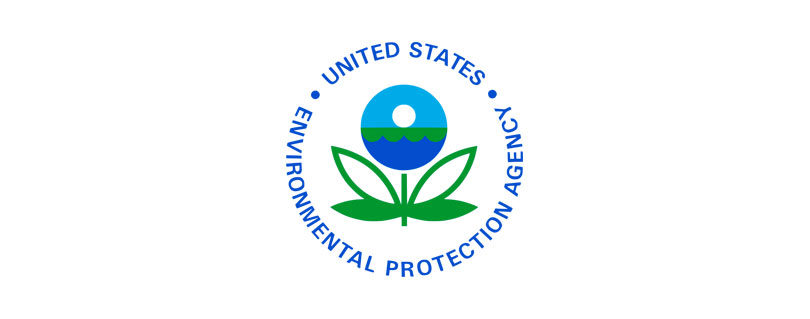Biden-Harris Administration Strengthens Safeguards to Protect Families and Children from Lead in Contaminated Soil at Residential Sites
Publilshed by the U.S. Environmental Protection Agency (EPA)
DENVER – The U.S. Environmental Protection Agency is lowering recommended screening levels and strengthening guidance for investigating and cleaning up lead-contaminated soil in residential areas where children live and play. As a result of lower screening levels, EPA expects to investigate more residential properties for potential cleanup under the Superfund law and the Resource Conservation and Recovery Act. Today’s action delivers on the Biden-Harris Administration’s ongoing commitment to protect communities from lead poisoning, particularly in disadvantaged and overburdened communities facing multiple sources of lead exposure, advancing President Biden’s environmental justice goals.
“Blood lead levels in children have seen a nationwide decline which is a testament to decades of dedicated efforts including extensive Superfund cleanups throughout our region. However, the science is clear that we must continue to reduce lead exposure where children live, learn, and play,” said EPA Regional Administrator KC Becker. “With the introduction of the updated lead soil guidance the EPA is embarking on the next crucial step in our continuous efforts to protect kids health.”
“For far too long, lead was allowed to infiltrate our communities unchecked,” said U.S. Representative Diana DeGette. “It impacted lives across the United States and, perhaps most critically, it impacted children as their lives were just beginning. I’m pleased to see EPA continue their work of addressing lead pollution. This work will protect so many young people today and pay dividends for future generations tomorrow.”
EPA is lowering the screening level for lead in soil at residential properties from 400 parts per million (ppm) to 200 ppm. At residential properties with multiple sources of lead exposure, EPA will generally use 100 ppm as the screening level.
Screening levels are not cleanup standards. While this update will help EPA site teams make site-specific cleanup decisions to protect nearby communities, EPA makes cleanup decisions specific to each site, using site-specific factors, including risk factors and community input that can vary from site to site.
The science is clear: there is no known safe blood lead level in children. In infants and children, lead can severely harm mental and physical development—slowing down learning and damaging the brain. In adults, lead can cause increased blood pressure, heart disease, decreased kidney function, and cancer. Communities often face multiple sources of lead exposure, including from lead-based paint, lead in soil, and lead in drinking water.
From day one, the Biden-Harris Administration has made protecting public health and advancing environmental justice a top priority, including by delivering on long overdue updates that follow the science. Updating the residential soil lead guidance is a significant milestone in EPA’s agencywide Strategy to Reduce Lead Exposures and Disparities in U.S. Communities, and aligns with the goals outlined in the Federal Lead Action Plan.
While the guidance goes into effect immediately, EPA welcomes feedback from the public that may be considered in any future updates to the guidance. Please submit written feedback on the guidance in the public docket (Docket ID: EPA-HQ-OLEM-2023-0664) for 60 days from January 17, 2024, to March 17, 2024.
For more information, visit the updated guidance webpage.
Read the full article at: https://www.epa.gov/newsreleases/biden-harris-administration-strengthens-safeguards-protect-families-and-children-0



